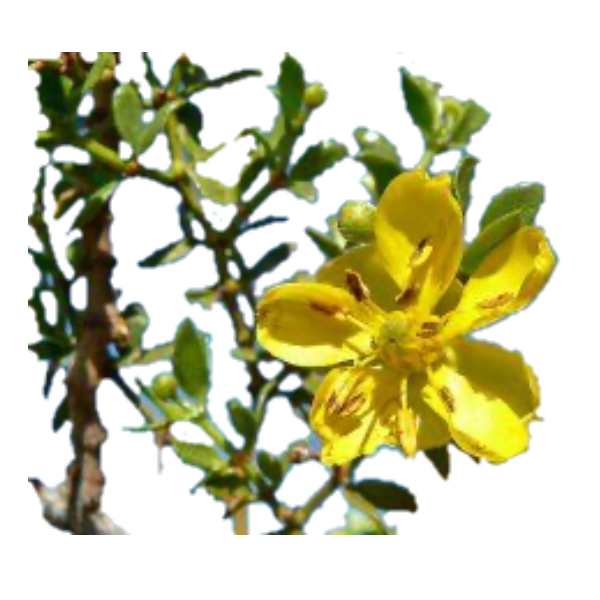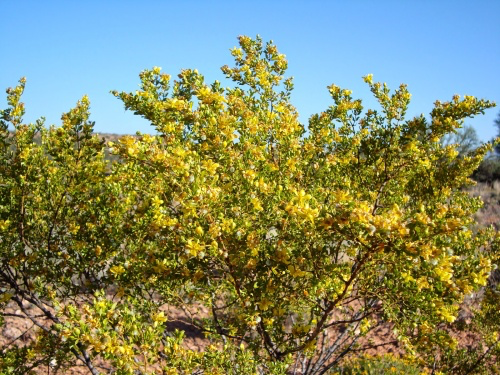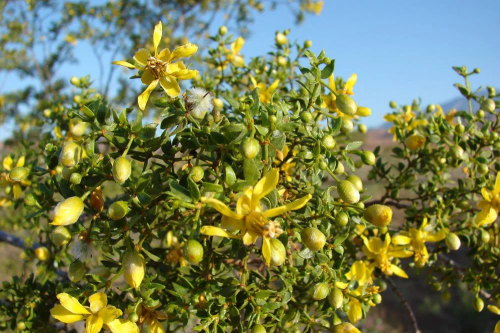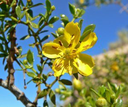Chaparral
Chaparral, also known as Larrea tridentata or creosote bush, has been used for centuries by Native American tribes for its numerous health benefits and medicinal properties. This hardy desert plant contains a variety of bioactive compounds, including lignans, flavonoids, and nordihydroguaiaretic acid (NDGA), which contribute to its potent antioxidant and anti-inflammatory effects. Traditionally, chaparral has been used to treat a range of ailments such as arthritis, infections, skin conditions, and digestive issues. Its antimicrobial properties make it particularly effective in addressing infections, while its anti-inflammatory properties help reduce pain and swelling associated with conditions like arthritis.
Recent studies have shown that chaparral may also have potential anticancer properties, attributed to NDGA's ability to inhibit the growth of cancer cells. However, the use of chaparral is not without controversy. Concerns about its safety have arisen due to reports of liver toxicity in some individuals, which has led to caution in its use. Despite these concerns, chaparral continues to be a subject of interest in herbal medicine, with ongoing research exploring its potential benefits and risks. As with any herbal remedy, it is essential to consult with a healthcare professional before using chaparral, especially for individuals with preexisting health conditions or those taking other medications.
?unique=1623ffb)






?unique=1623ffb)





